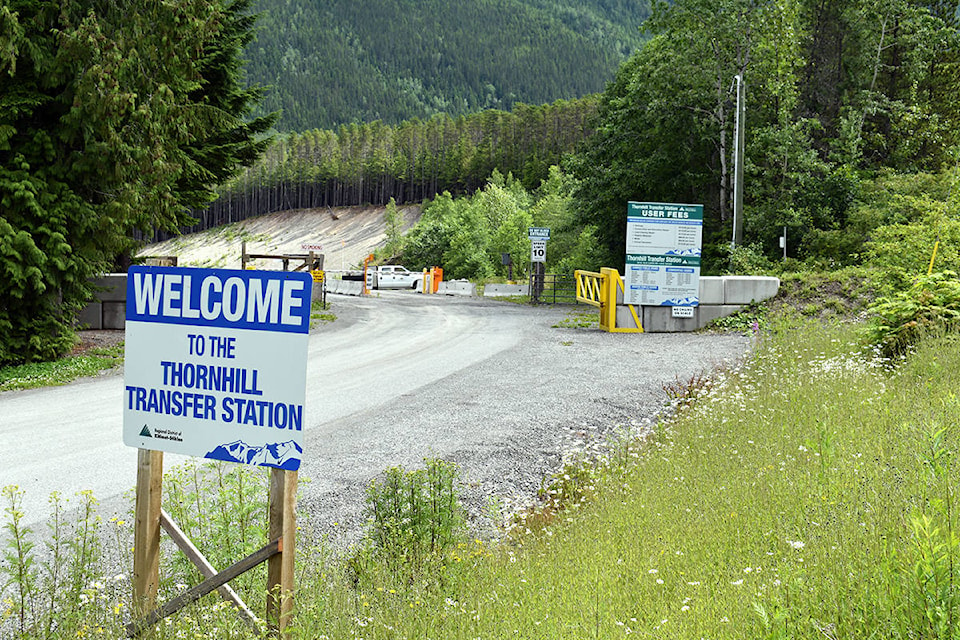Unexpected quantities of industrial waste are forcing the Regional District of Kitimat-Stikine (RDKS) to increase fees at its Forceman Ridge Waste Management Facility. If approved by the province, the increases will apply to large companies and users from outside the regional district’s normal waste disposal service area and will avoid the service running a deficit.
On July 16, at a special meeting of the board, directors voted to increase the industrial surcharge at the facility from 25 per cent to 50 per cent and increase the fee for asbestos, industrial demolition and municipal solid waste materials.
RDKS amended Waste Management Bylaw No. 744, 2020. Now, the bylaw will be forwarded to the Minister of Environment and Climate Change Strategy for approval.
The change is due to increased industrial use of the facility, which at the current fee structure would mean that the facility would need to be expanded five years ahead of initial projections under a $2.73 million deficit.
“The regional district needs to ensure that out of service area industry is contributing to the overall costs of the operation through adequate tipping fees in lieu of taxation,” read the works and services department staff report.
“Recommended rate increases will ensure local taxpayers are not financing out of service area industry.”
The district attributes the added demand from out of service area industrial users of the site like the LNG Canada project and Coastal Gas Link pipeline construction.
When the waste management facility first opened, the district’s plan was to have users of the facility pay for half of the cost through fees and the other half would be funded by the tax requisition.
Industrial waste from outside the facility’s service area has made that formula unbalanced, where the the waste being brought in is shortening the life of the landfill without covering the full cost of service.
Rio Tinto has also approached RDKS about using Forceman Ridge because they are nearing capacity at their own on-site landfill facility.
“Industry has in the past had options for waste, whether it be through rail car or through barging and they’re not solely leaning on the Forceman Ridge area for waste,” said Steve Prouse, RDKS director of public works.
“What we have found is that in some cases the transport cost for them to send waste was equalling what it would be to dispose at our site, and this is in some cases not all, so we’ve found that it is very affordable for industry currently to send to our facilities.”
From January to June 2019, Forceman Ridge accepted 335 tonnes of industrial demolition waste and 32 tonnes of industrial contaminated soil. During the same time-frame this year, the facility received 2708 and 1444 tonnes of those materials respectively.
Except for residential asbestos, both industrial and residential material types increased at the facility including municipal solid waste, demolition, septage and contaminated soil.
READ MORE: Regional District of Kitimat-Stikine achieved carbon neutrality in 2019
ben.bogstie@terracestandard.com
Like us on Facebook and follow us on Twitter.
